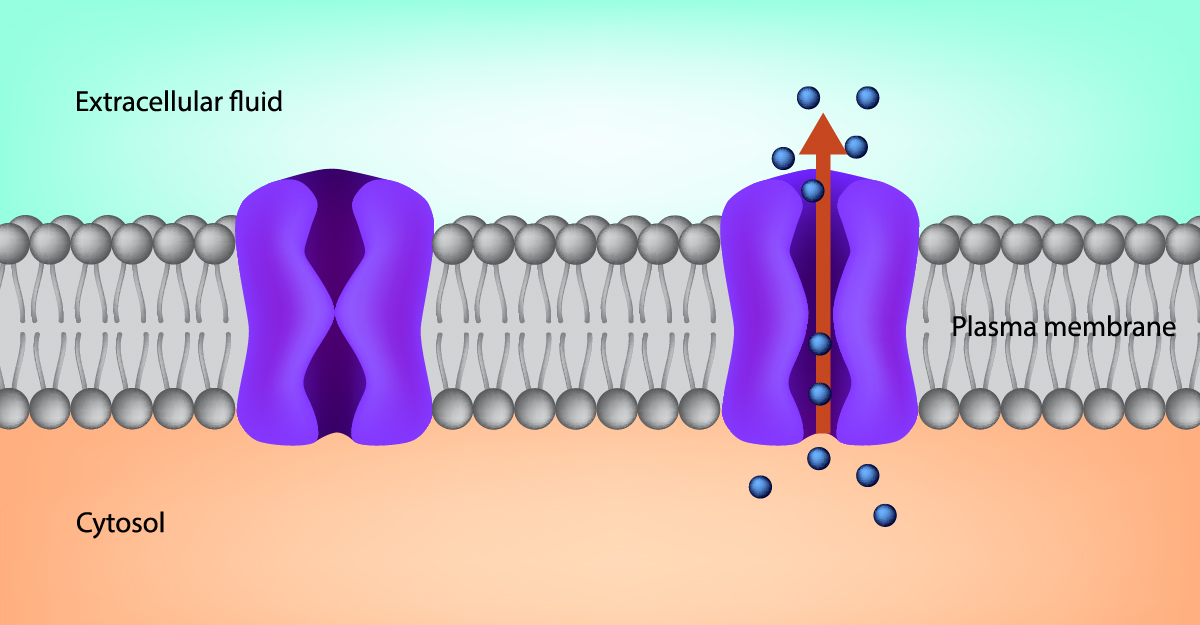What roles do K+ potassium channels play?
Potassium (K+ channels) are almost every organism’s most widely distributed ion channel. Potassium channels allow the flow of potassium ions across the membrane but block the flow of other ions, specifically sodium (Na+) ions. These channels are made of two parts: the filter, which selects and allows potassium, and the gate, which opens and closes the channel based on receiving the environmental signals. In general there are four major classes of K+ channels including calcium-activated potassium channel, inwardly rectifying potassium channel, tandem pore domain potassium channel, voltage-gated potassium channel. Potassium channel regulatory mechanisms vary and are affected by physiological changes, pathophysiological conditions, and pharmacological agents. Here we would like to elaborate more on the integrative role of K+ channels such as hERG in cardiac electrophysiology and discuss the methodologies that help the development of K+ channel-based therapeutics.
Why are K+ potassium channels important in drug discovery and safety?
Ion channels are considered important drug targets due to their crucial role in controlling many physiological processes in most organisms. We can help you to study ion channels using our instrument and service. Among various ion channels, the voltage-gated K+ (KV) channels including hERG (Kv11.1) and KvLQT1 (Kv7.1) regulate many physiological and pathophysiological processes.
Therefore offer remarkable opportunities for developing novel drugs for various diseases, including autoimmune disease, neurological and metabolic disorders, cancer, and, most importantly, cardiovascular issues. KV channels can be targeted with a wide range of classical small molecules, venom peptides, or even antibodies and still are considered one of the most potent drug targets.
How to study K+ potassium channels?
To study ion channels, there are three types of techniques that have been critically evaluated in the past decades. Here we briefly describe the methods used for Potassium Channels as common targets in drug discovery and safety. These methods include the electrophysiological techniques, i.e., the planar lipid bilayer (PLB) technique, and patch-clamp technique; potassium flux measurements that use fluorescent probes and the flux measurements that use rubidium cations as a tracer for K and radioactive 86Rb+ and 87Rb+; and the biochemical techniques related to potassium flux measurements.
What are the available methods to study K+ ion channels?
Among the named methods, we would like to describe the label-free technology of flux assay using rubidium cations as a tracer. Aurora Biomed Company developed a non-radioactive, label-free technology for the high throughput screening of K+ ion channels. Aurora’s ion channel reader (ICR) technology has been rapidly incorporated into many pharmaceutical drug discovery pipelines and academic labs researching different types of potassium channels. During the past three decades, there have been numerous publications regarding using and comparing data from ICR with other methods in studying K+ channels. Do you want to know more about it? Check some papers and the chapter published by Roche.
Can this solution help your workflow? Contact us.



